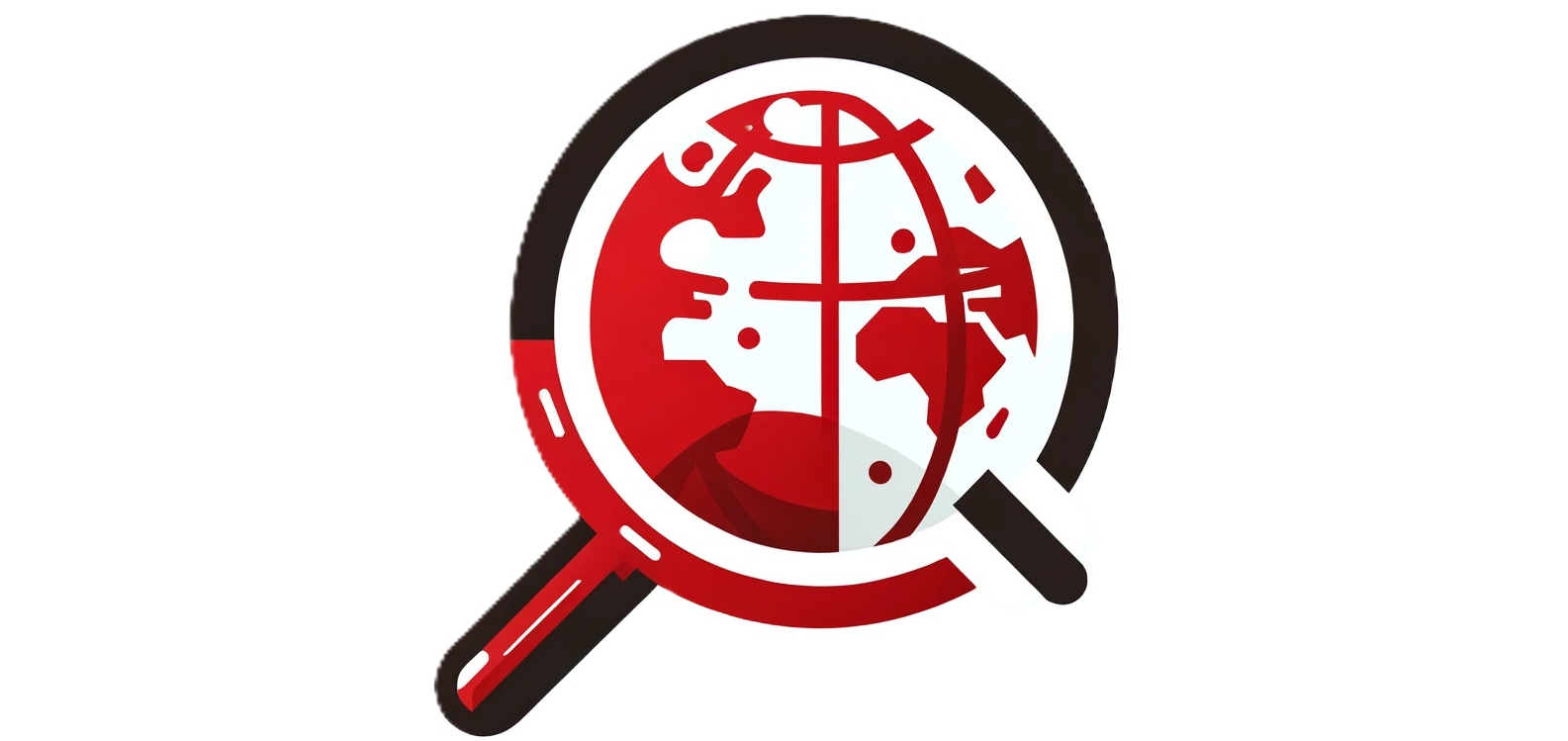Glassware is used in our everyday lives, from drinking glasses, glass containers, fruit bowls, vases, table-tops, and as containers in medical laboratories. Glass is generally molded, blown, cut, or pressed depending on the use, style, and design.
When it comes to checking glasses and controlling the quality, there are a variety of tableware standards in operations throughout the pre-production and production manufacturing stage. In this article, we’ll take you through the key glass standards that you should know about.
How Is Glass Created?
Glass is made of a variety of different materials, depending on the type of piece. It typically includes sand, soda ash, limestone, or other minerals. Glass formation involves heating these ingredients and rapidly cooling them to make the glass.
Glassmakers typically add other chemicals, such as iron and chromium, to change the appearance of the glass. But overall, the strength of glass is largely dependent on the rate at which it was cooled and the way that it was made.
Quality Control Is Important in the Glass Industry
We’re importing glass at an unprecedented level. According to Statista, the import of just glassware has grown from $13.3 billion in 2003 to $25 billion in 2020. While China is by far the leading exporting country for glass and glassware, accounting for nearly 25% of all exports worldwide.
There are many manufacturers of glassware in the glass industry. But some have a different positioning than others. There are manufacturers who use high-quality items and produce high-end products, while others produce affordable glassware – and manufacturers in between. As a result, the quality amongst manufacturers can vary greatly.
Quality control in glass is extremely important and should never be taken lightly. Even the most minor chips and cracks in glass can cause an injury to the end consumer.
What Are the Most Common Glassware Flaws?
The flaws in glassware are typically unavoidable, but they can be minimised during production. The most common glass defects you should be aware of include: bubbles, holes, shards, smears, and dents.
What Are the Types of Quality Standards in Glass Tableware?
From evaluating the chemical, physical and mechanical properties to ensuring the material companies and product manufacturers follow the glassware standard for the correct fabrication and treatment procedures. We’ve listed a couple of quality control glass standards that you should be aware of below.
ASTM C1606-10
The ASTM C1606-10 test procedure defines the way in which glassware should be prepared before performing the TCLP (Toxicity Characteristic Leaching Procedure.
TCLP Test
The TCLP test is a chemical analysis process used to determine whether there are hazardous elements present in the waste. The test involves a simulation of leaching through a landfill and can provide a rating that can prove if the waste is dangerous to the environment or not.
ASTM D5245-92
The ASTM D5245-92 Standard Practice for cleaning plasticware, laboratory glassware, and equipment used in microbiological analysis.
ISO 695:1991
The ISO 695:1991 inspection test specifies the reagents, the number of samples, and the test procedures involved to perform ISO 695:1991.
ISO 12775:1997
The International Organization for Standardization (ISO) developed guidelines for types of glassware and its composition in normal bulk production and outlined details of the inspection and test methods inside the 12775:1997 standards
What Are the Types of Quality Standards in Mirrors?
The manufacturing of mirrors has been around for thousands of years and it is continuing to grow. Today, mirrors are used in many things from decorative and interior design purposes to items such as cameras, telescopes, lasers, and automobiles.
ASTM C1503-08
The ASTM C1503-08 is the most referred-to mirror inspection standard in North America. It covers silvered flat glass mirrors for indoor use. These are some of the properties measured by the tests provided in the ASTM C1503-08 standard:
- Grades
- Cut size
- Thickness
- Colour
- Silver coating appearance
- Blemish
- Squareness and reflectance
ISO 25537:2008
This ISO standard sets the minimum quality requirements for mirrors used inside commercial buildings, as well as durability tests for silvered float glass Note that the ISO 25537:2008 standard is restricted to tinted float glass or annealed clear glasses between 2 mm to 6 mm thickness.
JSA JIS R 3200:1999
The Japanese JSA JIS R 3220:1999 Standard is used for mirrors manufactured and distributed across Asia.
DIN EN 1036 (2008-03)
The DIN EN 1036 (2008-03) two-part German standard was created to set requirements, identify test methods, and evaluate mirrors for commercial indoor use.
How to Inspect the Quality of a Tempered Glass?
Manufacturing tempered glass is a complicated process that can quickly get costly. Glass defects and contamination can result in low-quality finished products that have too many defects to be delivered. It’s important to avoid these issues from the start to avoid significant issues.
Some companies try to use manual inspection at the entrance to the furnace. But it is worth noting that this method can be unreliable, as the lighting may not always be ideal and horizontal glass surfaces are difficult to examine.
Defects can easily be missed, especially when you are solely relying on the staff to examine the material visually for defects due to distractions in sight, lack of motivation, or fatigue. Therefore, implementing top quality control measures can be advantageous for an organization.
How to Inspect the Quality of Glass Containers?
The glass container manufacturing process starts with receiving and storing the different raw materials. In this stage, it is crucial the manufacturer establishes technical specifications for each raw material used in the production.
The aim is not just to have a detailed chemical composition description of the raw material but rather to focus on the oxides in the production of quality glassware, as they affect the outcome of the melting process and the final result. Ideally, these technical specifications should be included in the contract between the glass manufacturer and the raw material supplier.
These controls are undertaken either in a local laboratory, in the glass plant, or subcontracted to an outside accredited lab. The purpose of such audits is to ensure familiarity with the process control methods and standards used by the supplier and to confirm their ability to adequately control the raw material within the glass manufacturer’s technical specification.
Curious to see how AQM BD documents a glass inspection? Go to our resource section to download a glass quality inspection sample.
How to Test the Quality Standards in Glass?
The quality standards of glasses are very important to ensure the safety of people – as even the smallest defects can have detrimental effects. There are various ways to test the quality of glass, and below are two common tests:
What Is Glass Density Test?
The glass density test is a quick and easy way to indirectly detect unexpected changes in the glass composition, due to mistakes in the raw materials batch and mixing process. The glass density test is the process of testing the density of a glass specimen and comparing it with previous results, thereby monitoring significant deviations.
What Is the Glass Homogeneity Test?
The glass homogeneity test is used to identify the presence of any inhomogeneous (inconsistency) glass; this shows up as coloured streaks under polarised light.
After all manual inspections are completed, the containers are placed in single lines and passed by various automatic inspection machines. The operator’s key role is to follow standard procedures relative to process control and to document problems and suggestions for improvement. Understanding customer needs and interacting with the customer via plant visits and cross-functional teams are absolutely critical.
Conclusion: Glass Quality Inspection and Control [Glassware, Mirrors, Glass, and More]
Glass is used in multiple objects, from glassware used in our daily lives, to containers in medical laboratories to mirrors. Quality control is particularly important in the glass industry, as even the smallest of defects can cause drastic effects.
In this article, we’ve outlined a series of quality standards for inspection and testing methods in the glass industry. Inspecting a glass product by yourself can be challenging. At AQM BD, we have over 25 years of quality assurance experience and can help you with glass inspection, pre shipment inspection, testing, audit, certification, and more. Contact AQM BD today to book your inspection!





